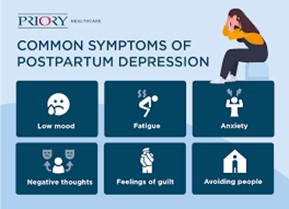A nurse is reviewing the laboratory report of an 8-year-old child who has nephrotic syndrome. Which of the following laboratory results should the nurse report to the provider?
Sodium 140 mEq/L
Platelet count 350,000/mm3
Protein 2 g/dL
Cholesterol 170 mg/dL
The Correct Answer is C
Choice A rationale:
The sodium level of 140 mEq/L is within the normal range for children, which is 135 to 145 mEq/L. Sodium levels may be low in nephrotic syndrome due to fluid retention and dilutional hyponatremia, but this is not the case for this child.
Choice B rationale:
The platelet count of 350,000/mm3 is within the normal range for children, which is 150,000 to 450,000/mm3. Platelet levels may be elevated in nephrotic syndrome due to increased production by the bone marrow in response to inflammation and infection, but this is not the case for this child.
Choice C rationale:
The nurse should report the protein level of 2 g/dL to the provider, as this is abnormally low and indicates severe proteinuria. Proteinuria is a hallmark of nephrotic syndrome, as the glomeruli become damaged and allow protein to leak into the urine. Normal protein levels for children are 6 to 8 g/dL. Low protein levels can lead to edema, hypoalbuminemia, and hyperlipidemia.
Choice D rationale:
The cholesterol level of 170 mg/dL is within the normal range for children, which is less than 200 mg/dL. Cholesterol levels may be high in nephrotic syndrome due to increased synthesis by the liver as a compensatory mechanism for low protein levels, but this is not the case for this child.
Nursing Test Bank
Naxlex Comprehensive Predictor Exams
Related Questions
Correct Answer is D
Explanation
Choice A rationale:
Hot flashes are not typically associated with postpartum depression; they are more related to hormonal changes.
Choice B rationale:
Intermittent abdominal pain is common after childbirth due to uterine contractions and involution.
Choice C rationale:
Blurred vision is not a typical symptom of postpartum depression.
Choice D rationale:
Feelings of intense guilt are indicative of postpartum depression and require further investigation.

Correct Answer is D
Explanation
Choice A rationale:
Filing a transfer request might be considered if the bullying behavior persists despite attempts to address it, but it's important for the newly licensed nurse to initially address the behavior directly.
Choice B rationale:
Discussing the matter with the facility's quality improvement team might be necessary if the situation escalates, but addressing the behavior directly with the coworker is the initial step.
Choice C rationale:
Introducing a no-tolerance policy for incivility is a good idea, but addressing the specific behavior with the coworker is important in the moment.
Choice D rationale:
Calmly addressing the coworker's behavior as soon as it occurs is a proactive way to assert boundaries and address the bullying behavior directly.
Whether you are a student looking to ace your exams or a practicing nurse seeking to enhance your expertise , our nursing education contents will empower you with the confidence and competence to make a difference in the lives of patients and become a respected leader in the healthcare field.
Visit Naxlex, invest in your future and unlock endless possibilities with our unparalleled nursing education contents today
Report Wrong Answer on the Current Question
Do you disagree with the answer? If yes, what is your expected answer? Explain.
Kindly be descriptive with the issue you are facing.
